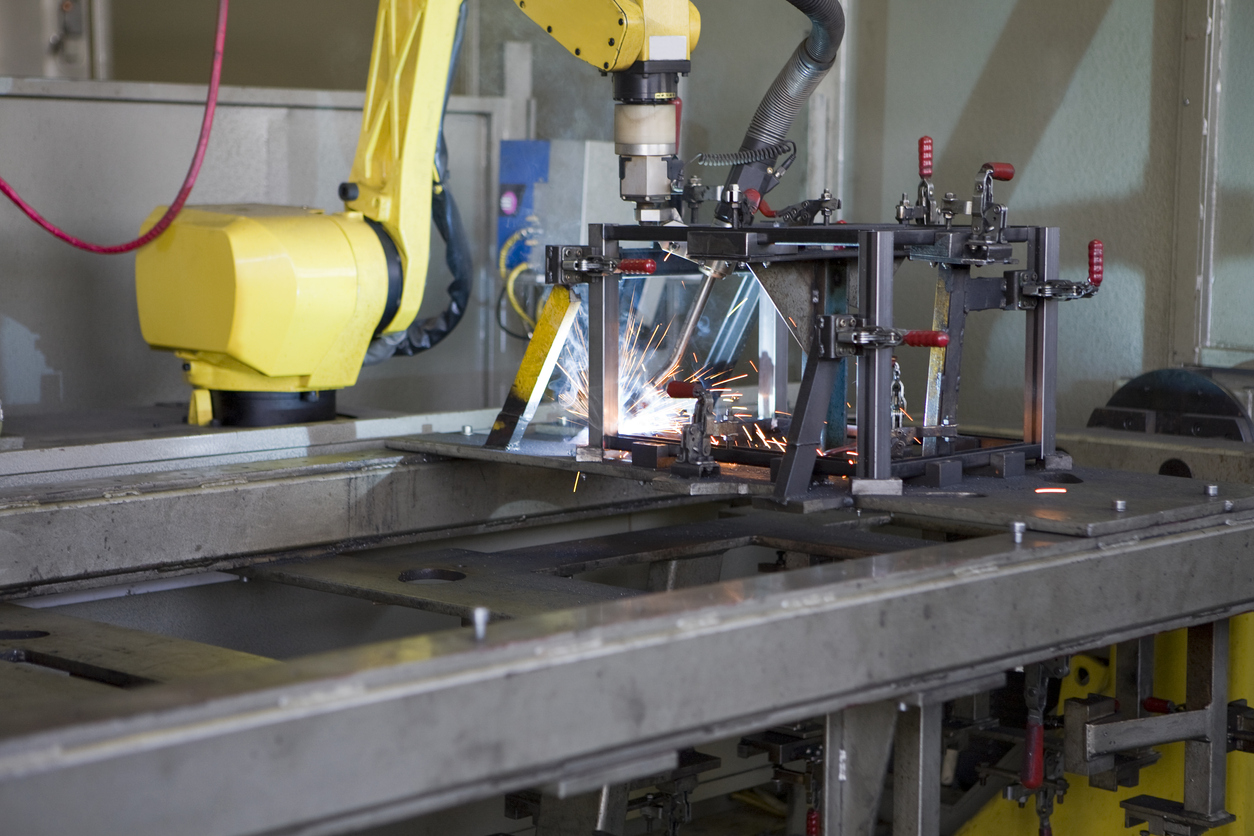Knowing When to Use Sensors for Robotic Welding

Robotic welding sensors can increase the flexibility and accuracy of robotic welding work cells. By giving a robot more information about where a part is located, how accurate the weld is, and the ability to learn from mistakes, a welding robot can enhance the benefits it already offers.
There are many different types of sensors available for robotic welding. It can be difficult to know when it makes sense to make the investment in welding sensors and which type to invest in. There are several considerations when determining if robotic welding sensors are right for you.
Types of Robotic Welding Sensors
As robotic welding has become widely popular in a range of different industries and applications, a number of different types of sensors have emerged to solve some of the most basic challenges of these diverse types of welding. Some of the most popular types of robotic welding sensors include:
-
-
- Touch Sensors: in some applications, touch sensing is the best method of improving productivity. These sensors work by making electrical contact between the welding nozzle or electrode and a pre-defined point on the part. The robot then stores this information to maintain the highest degree of accuracy during welds.
-
- Seam Tracking with arc sensors: for arc welding robots, seam tracking arc sensors can help maintain accuracy and consistency in welds. A sensor at the back of the system measures variations in the robot’s path in comparison to the programmed path and corrects any small deviations in speed or accuracy.
- 2D and 3D Camera Sensors: robotic vision systems for guidance are a highly robust type of sensor. While these may be difficult to use during the welding process due to the light that’s emitted, they can quickly and effectively help a robot locate the point at which it’s supposed to weld, helping minimize errors that lead to inaccurate welds.
-
Robotic welding sensors are highly diverse, but the three mentioned above are among some of the most common.
When Does it Make Sense to Invest in Robotic Welding Sensors?
Typically, the most economical situation to invest in a sensor for robotic welding is when there are in environments with high part mixes where a robot must carry out several different advanced functions. Similarly, for large or irregularly shaped parts where a robot may have difficulty locating the weld location may also benefit from sensors.
If there are variations in the way the part is presented that tooling or robot fixtures can’t solve, then a robotic welding sensor will be necessary for accurate, repeatable welds. The main consideration, however, is the expected return on investment of the sensors. Robotic welding sensors make sense when the expected productivity gains will quickly make up for the initial investment.
To learn more on this subject, read about robotic welding integration services from Genesis Systems. Genesis has been a leader in robotic integration for over 35 years and has installed thousands of highly productive robotic welding systems.
Posted in Robotic Welding